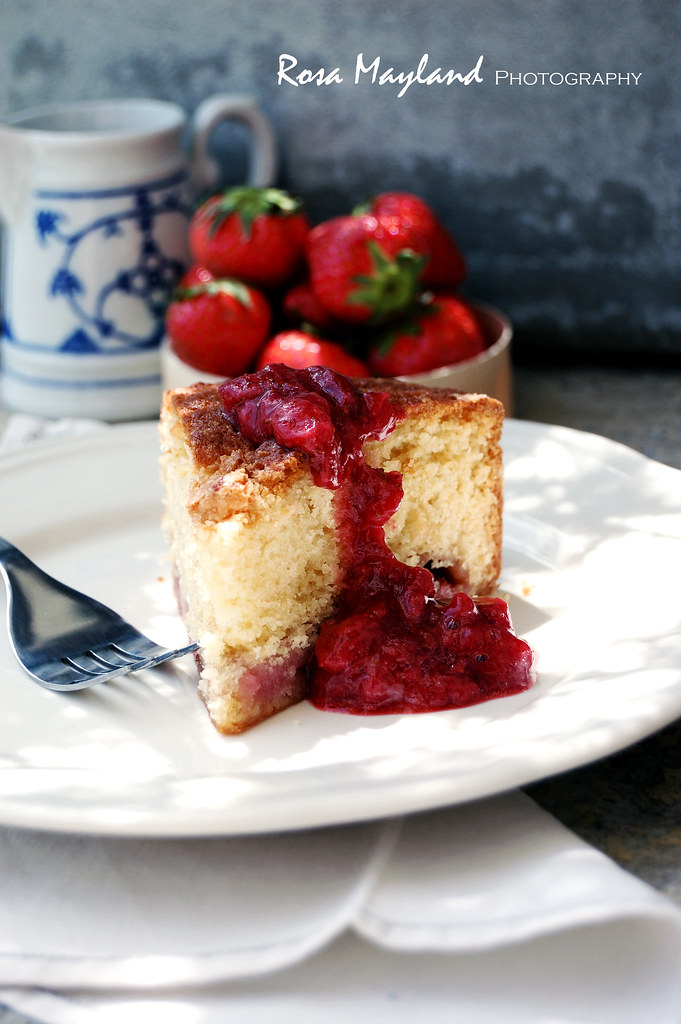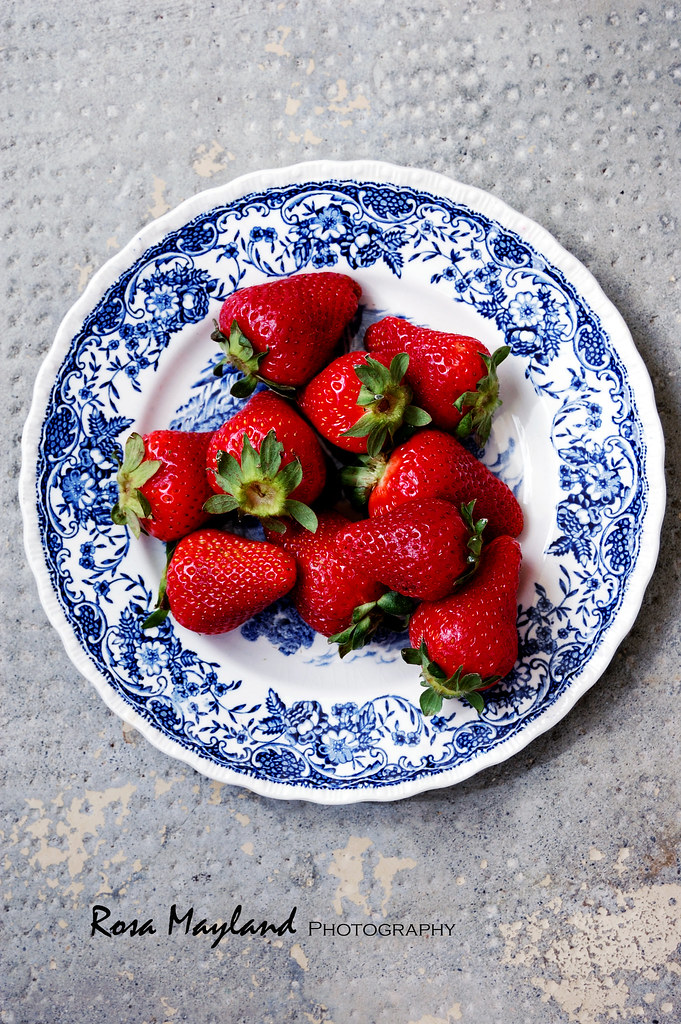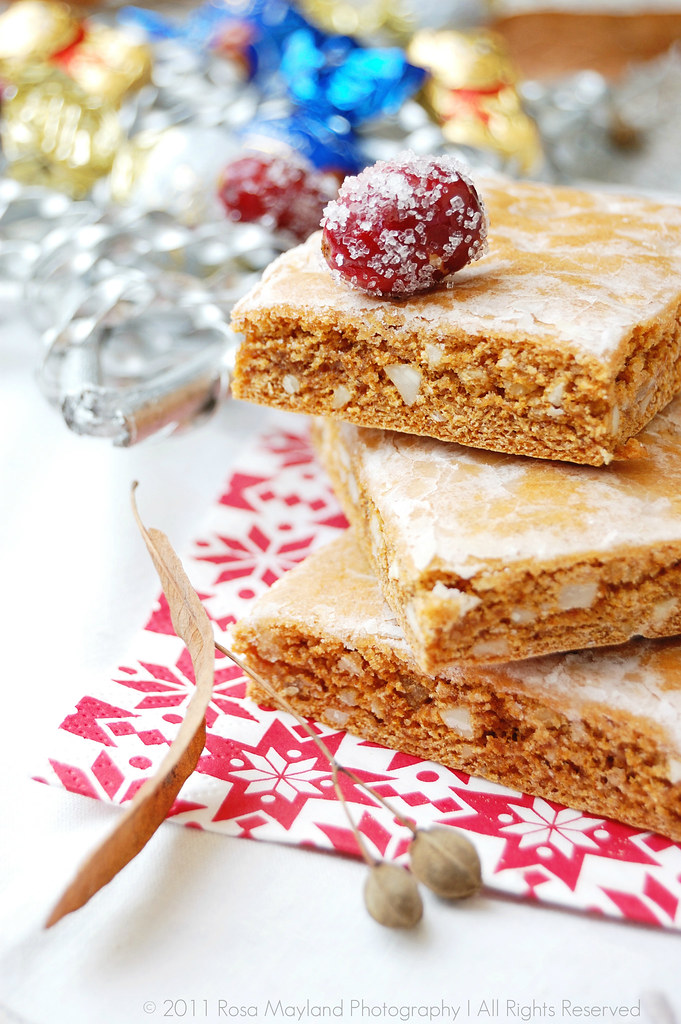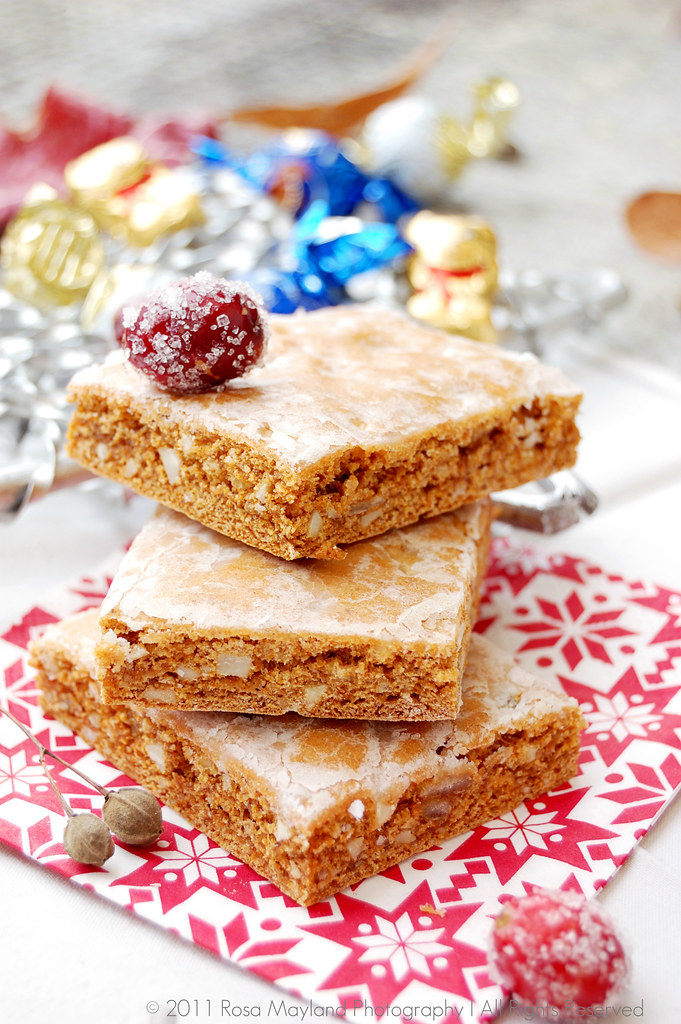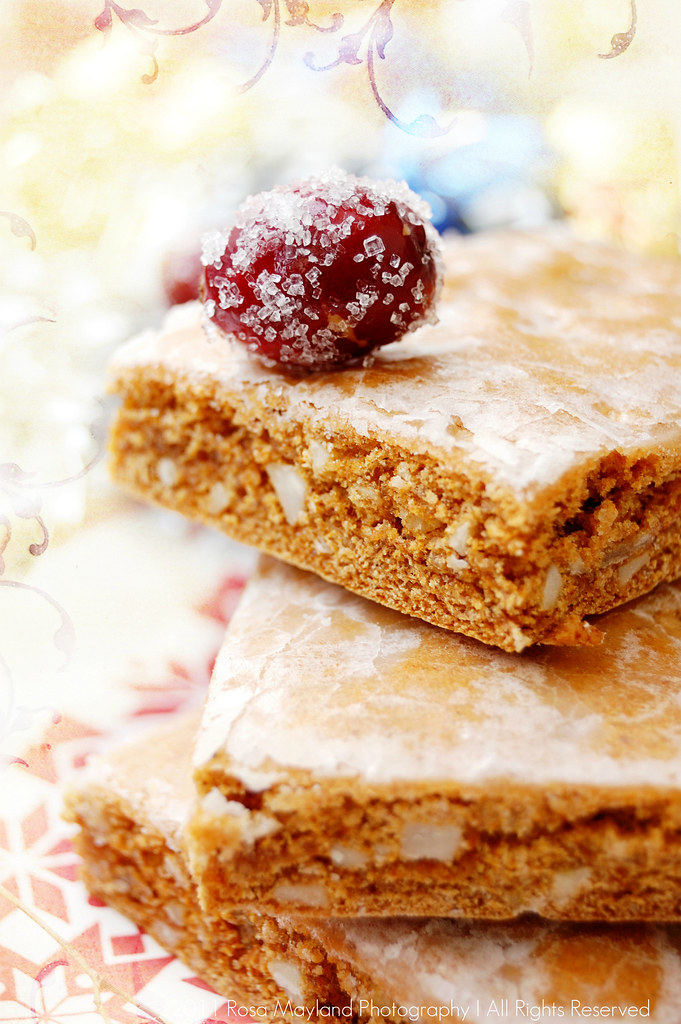Success is not final, failure is not fatal: it is the courage to continue that counts.
- Winston Churchill
Develop success from failures. Discouragement and failure are two of the surest stepping stones to success.
- Dale Carnegie
Failure, a terrifying and taboo seven letter word which makes most mortals shiver, gives us cold sweat and is surrounded by fear and shame. People dare mention it for it is a psychological weapon of mass destruction that has the power to annihilate every ounce of self-confidence that we possess, shatter our dreams in millions of pieces and break us down in a blitz. Like a dirty secret, it is whispered behing closed doors, in a hush-hush way as it is quasi-blasphemous to pronounce it aloud. It is the ugly monster hiding under our beds, the ghastly shadow lurking behind closed doors and the scary skeleton in the closet...
In our extremely modern and highly competitive
world where everything is based on the winner-crusher-stab-in-the-back
mentality, failure is something that cannot exist and is denied, hence it is
shunned and looked upon negatively. For those who believe in the sacro-saint
conquerer system that is imposed to us by our shallow society and which is
based on continuous achievement, performance and gain, downfall is pitiful and
absolutely not an option. One is not granted the right to be defeated otherwise
he/she is categorized as a sad loser and seen as a dirty misfit.
A disgraceful attitude which is discouraging and not
helpful nor motivating as individuals who face ruin are stigmatized in such a
manner that they rarely have the power to get up on their feet again. They are
constantly deminished and reminded of their humiliating descent into the
tenebrous abysses of decay. When your face is continually rubbed in the dirt,
others tread on you and you are considered a deadbeat because you have tripped
while walking on the path to victory, then how will you ever be able to start
anew and arise from the ashes? Instead, a little motivation and encouragement
would be welcome.
Failure is a detour, not a dead-end street.- Zig ZiglarFailures are finger posts on the road to achievement.- C.S. LewisFailure is nature's plan to prepare you for great responsibilities.- Napoleon HillAn inventor fails 999 times, and if he succeeds once, he's in. He treats his failures simply as practice shots.- Charles F. KetteringIf you're not failing every now and again, it's a sign you're not doing anything very innovative.- Woody Allen
After all, we are just humans, not machines and
we can't systematically reach our goals at the first attempt or be inveriably
perfect. How boring would that be! Life is full of ambushes, so trials and
errors are a part of the game, and staggering is normal. Sometimes, in order to
attain success and spice up our lives, detours are inevitable. Defeat is not
when you stumble, it is when you accept to crawl on the ground on all fours and
you refuse to move on or when you are paralyzed by cowardice and self-loathing.
No pain, no gain! Suffering - in small proportions - is needed to make
progress.
Embracing and transcending failure is vital if you
don't want to stay stuck in that purgatotry for alleged deadbeats. Victimizing
or blaming yourself has no purpose as it will bring you nowhere. If you
understand that you can only overcome screw-ups by analyzing why things went
wrong and know that your brain or apprehensions are your biggest barriers to
triumph, then you'll be able to find a solution to your problems and will
definitely not follow the same road again.
The only real stumbling block is fear of failure. In cooking you've got to have a what-the-hell attitude.Once in a while, even the avidest of bakers or cooks will experience a kitchen disaster. There are times when all hell breaks loose and dishes don't work out as planned. Nothing more unnerving, irritating and distressing than a floppy recipe or being misslead by our assurance and let down by our concentration. A terrible curse for the poor person who has been slaving behind the stove and doesn't see his/her efforts rewarded.
- Julia Child
Each of us has bad days and there's nothing exceptional about that, but unfortunately, hiccups generally seem to occur only at the wrong moment. Remember that Easter bread which refused to rise and was as hard as a bullet, that famous Christmas roast of yours that was as tough as a leather boot because you were blabbering madly and forgot it in the oven or that infallible birthday cake which errupted similarly to a volcano and spurted batter all down the sides of the pan? Oh, you could have teared out your hair with anger, wailed like a desperate banshee and ran away so much facing your guests was painful and embarrassing. Moments of pure desperation and solitude...
Anyway, it is not the end of the world. Our
culinary misadventures are rarely unbearable and "catastrophies" are
here to indicate where we went wrong and help us ameliorate ourselves. This is what creates experience and knowledge. Occasionally
they even give unawaited results.
Take the example of the famous Tatin sisters
who created the first "Tarte Tatin" by inadvertence. Had Stéphanie Tatin not left the apples cooking in butter and
sugar for too long, she would have probably never been alerted to her
mistake by the smell of burning and covered them with pastry in an attempt to
rescue the situation. Passing her mistake off as a special, her pie made it
into history.
I'm not saying that all blunders lead to
favorable outcomes, but I believe that we always can draw positive lessons from
crises. For example, last week, I baked a simple "Strawberry Coffeecake"
and the outcome was quite deceiving visually speaking. Instead of staying on
top of the cake, the strawberries decided to sink to the bottom. So, as I
wanted to know why this happened, I analyzed the situation and came to the
conclusion that I was the one to blame because I decided to put my preparation
in tin that was not big enough.* Audacity can be treacherous and play tricks on
you. Damn!
Nonetheless, apart from being not too pretty,
my creation was exquisite and I've had a lot of success with it. This
buckle-like treat is moist on the inside and crisp on the outside,
exhaliratingly fragrant, extremely fruity, not overly sweet and really easy to
put together. A summery delight that will rejoice kids and adults alike, and
will send you to strawberry heaven!
* Ok, maybe it wasn't entirely my fault. My
oven door is broken and I have to keep it shut with a chair, so a temperature
leak might also be in cause here...
Strawberry Coffeecake
Recipe adapted from Martha Stewart.
Recipe adapted from Martha Stewart.
Serves 4-6.
Ingredients:
6 Tbs (90g) Unsalted butter, at room temperature, plus extra for the cake pan
1 1/2 Cups (191g) All-purpose flour
1 1/2 Tsp Baking powder
1/2 Tsp Fine sea salt
1 Cup +2 Tbs (210g + 30g) Castor/granulated sugar
1 Large egg
1/2 Cup (120ml) Milk
1 Tsp Pure vanilla extract
1 1/2 Cups (191g) All-purpose flour
1 1/2 Tsp Baking powder
1/2 Tsp Fine sea salt
1 Cup +2 Tbs (210g + 30g) Castor/granulated sugar
1 Large egg
1/2 Cup (120ml) Milk
1 Tsp Pure vanilla extract
1 Tsp Orange zest puree
1 Pound (450g) Strawberries, hulled and halved
1 Pound (450g) Strawberries, hulled and halved
Method:
1. Preheat the oven to 180° C (350°F).
2. Butter a 25cm (10-inch) cake pan or pie plate, or a 23cm (9-inch) deep-dish pie plate.
3. Sift the flour, baking powder, and salt together into a medium-sized bowl.
4. Cream the butter and 1 cup of sugar in the bowl of an electric mixer
on medium-high speed for about 2 minuttes or until pale in color, light and fluffy. Then, reduce the
speed to medium-low and mix in the egg, milk, vanilla and orange zest puree.
5. Reduce the mixer speed to low and gradually add in the dry ingredients, mixing until just combined.
6. Transfer the batter to the buttered
cake pan or pie plate.
7. Arrange the strawberries on the top of the batter, cut sides down,
as closely together as possible (you may have to jam them in a little).
8. Sprinkle the remaining 2 tablespoons of sugar over the berries.
9. Bake for 10 minutes, then reduce the oven temperature to 170° C (325° F) and
continue baking the cake for about 50 minutes or until it is golden brown and firm to the touch and a tester inserted into iits center comes out clean.
10. Let it cool in the pan or pie plate, on a wire rack.
11. Cut into wedges and serve.
Remarks:
The cake can be stored, well-wrapped in plastic wrap, at room temperature for up to 2 days.
The orange zest puree is optional - I highly recommend you to use it though.
Serving suggestions:
Serve for dessert or teatime, with a scoop of vanilla ice cream or a strawberry coulis and accompany by tea, sparkling wine (Champagne, Clairette de Die, Prosecco, etc...) or Belgian blond ale.
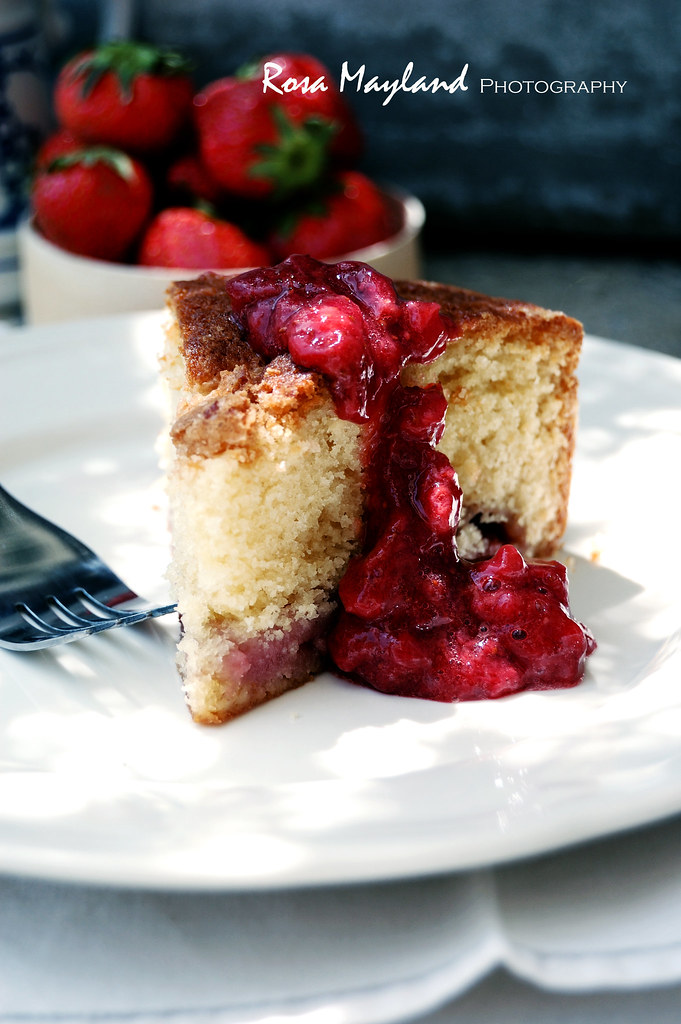 Gâteau Aux Fraises
Gâteau Aux FraisesRecette adaptée de Martha Stewart.
Pour 4-6 personnes.
Ingrédients:
90g de Beurre non-salé, à température ambiante (+ un peu pour le moule)
191g de Farine
1 1/2 CC de Poudre à lever
1/2 CC de Sel de mer fin
210g de Sucre cristallisé (+ 2 CS/15g pour soupoudrer le dessus du cake)
1 Gros oeuf
120ml de Lait
1 CC d'Extrait de vanille pure
1 CC de Zeste d'orange en purée
1 CC de Zeste d'orange en purée
450g de fraises, équeutées et coupées en deux
Méthode:
Méthode:
1. Préchauffer le four à 180 ° C.
2. Beurrer un moule à gâteau rond de 25 cm de diamètre ou un moule à pie de 23cm de diamètre.
2. Beurrer un moule à gâteau rond de 25 cm de diamètre ou un moule à pie de 23cm de diamètre.
3. Dans un grand bol, tamiser ensemble la farine, la poudre à pâte et le sel.
4. Dans le bol de votre batteur électrique, battre le beurre et le sucre à vitesse moyenne pendant environ 2 minutes ou jusqu'à
que le mélange soit de couleur pâle et "mousseux". Puis ajouter le
zeste, l'œuf, le lait, la vanille et les zestes. Mélanger.
5. A faible vitesse, incorporer graduellement les ingrédients secs (farine/poure à lever/sel).
6. Etendre la pâte dans le moule à gâteau ou à pie.
7. Disposer les fraises aussi étroitement que possible sur le dessus de la pâte (côté coupé vers le bas).
8. Saupoudrer avec les 2 CS de sucre restantes.
7. Disposer les fraises aussi étroitement que possible sur le dessus de la pâte (côté coupé vers le bas).
8. Saupoudrer avec les 2 CS de sucre restantes.
9. Cuire le gâteau à 180°C pendant 10 minutes, puis réduire la température du four à 170 ° C et continuer à le cuire pendant environ 50 minutes, jusqu'à ce qu'il soit doré, ferme au toucher et qu'un cure-dent inséré en son centre en ressorte propre.
10. Laisser le cake refroidir dans le moule, sur une grille.
11. Couper en tranches et servir.
Remarques:
Le gâteau peut être conservé à température ambiante pendant 2 jours (bien l'emballer dans du film plastique).
La purée de zeste d'orange est facultative. Tout de même, je vous recommande fortement de l'utiliser car elle ajoute une note merveilleuse à ce gâteau.
Idées de présentation:
Servir à l'heure du dessert ou pour le goûter avec de la glace à la vanille ou un coulis de fraise et accompagner ce gâteau d'un thé, d'un verre de vin mousseux (Champagne, Clairette de Die, Prosecco, etc ..) ou d'une bière belge.
10. Laisser le cake refroidir dans le moule, sur une grille.
11. Couper en tranches et servir.
Remarques:
Le gâteau peut être conservé à température ambiante pendant 2 jours (bien l'emballer dans du film plastique).
La purée de zeste d'orange est facultative. Tout de même, je vous recommande fortement de l'utiliser car elle ajoute une note merveilleuse à ce gâteau.
Idées de présentation:
Servir à l'heure du dessert ou pour le goûter avec de la glace à la vanille ou un coulis de fraise et accompagner ce gâteau d'un thé, d'un verre de vin mousseux (Champagne, Clairette de Die, Prosecco, etc ..) ou d'une bière belge.

